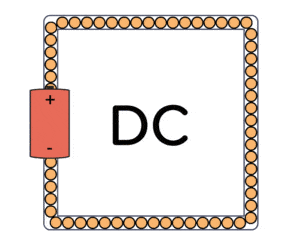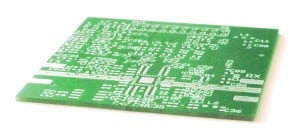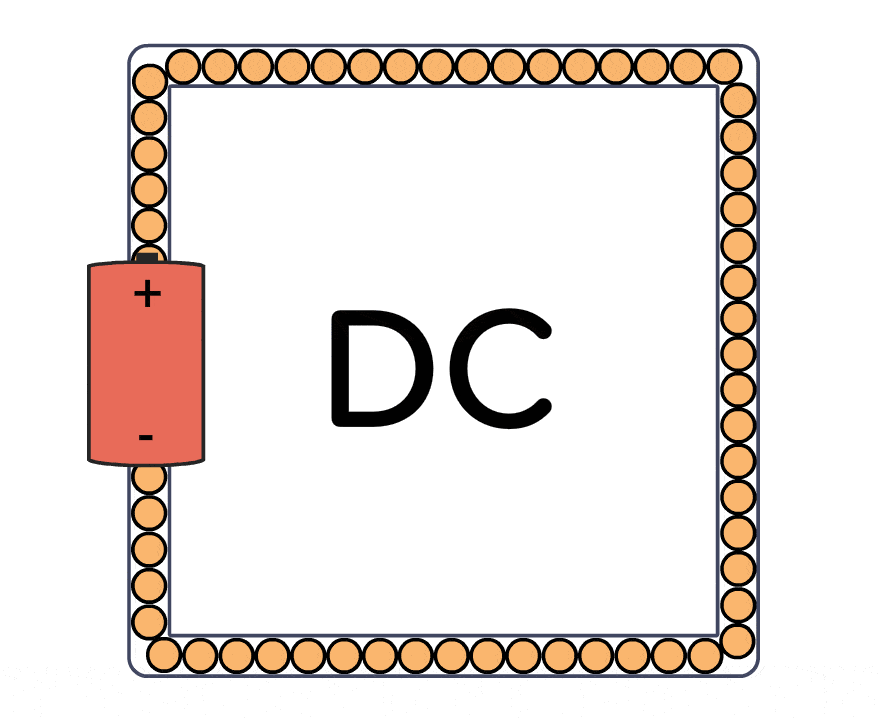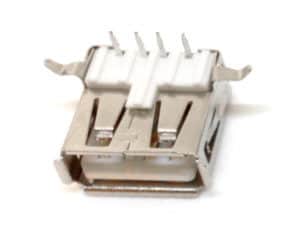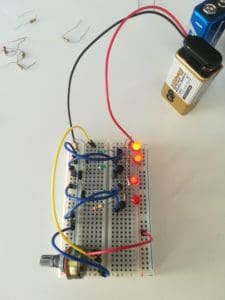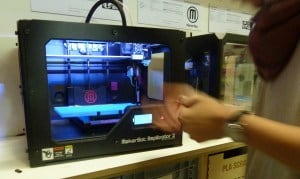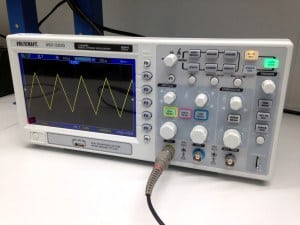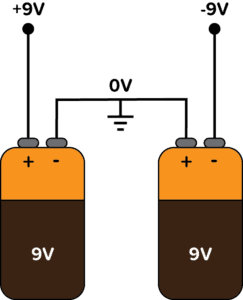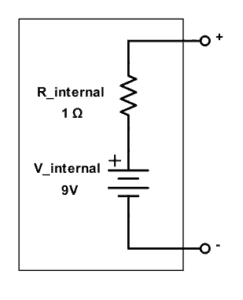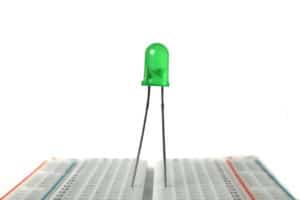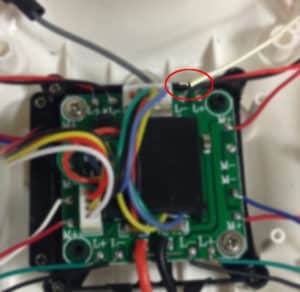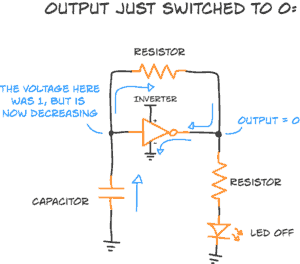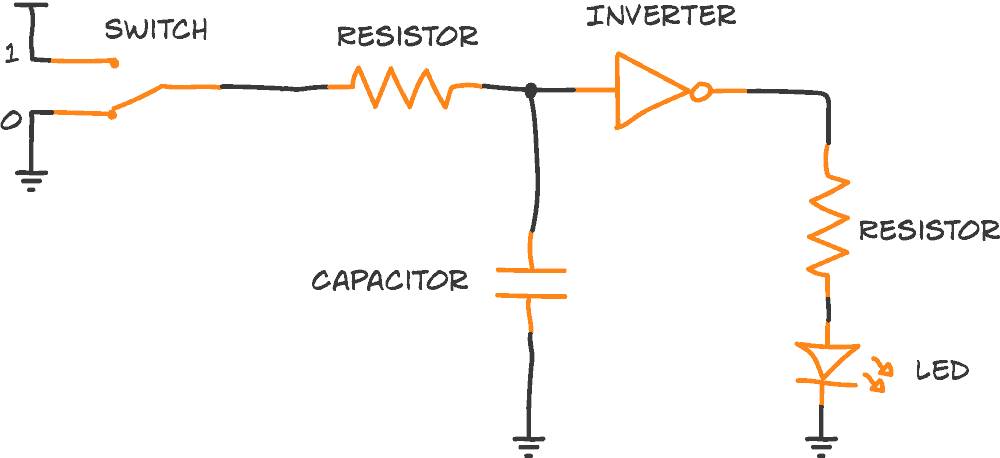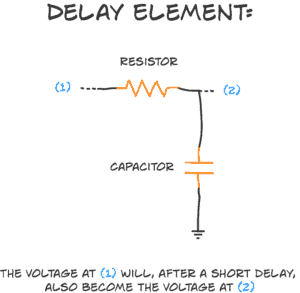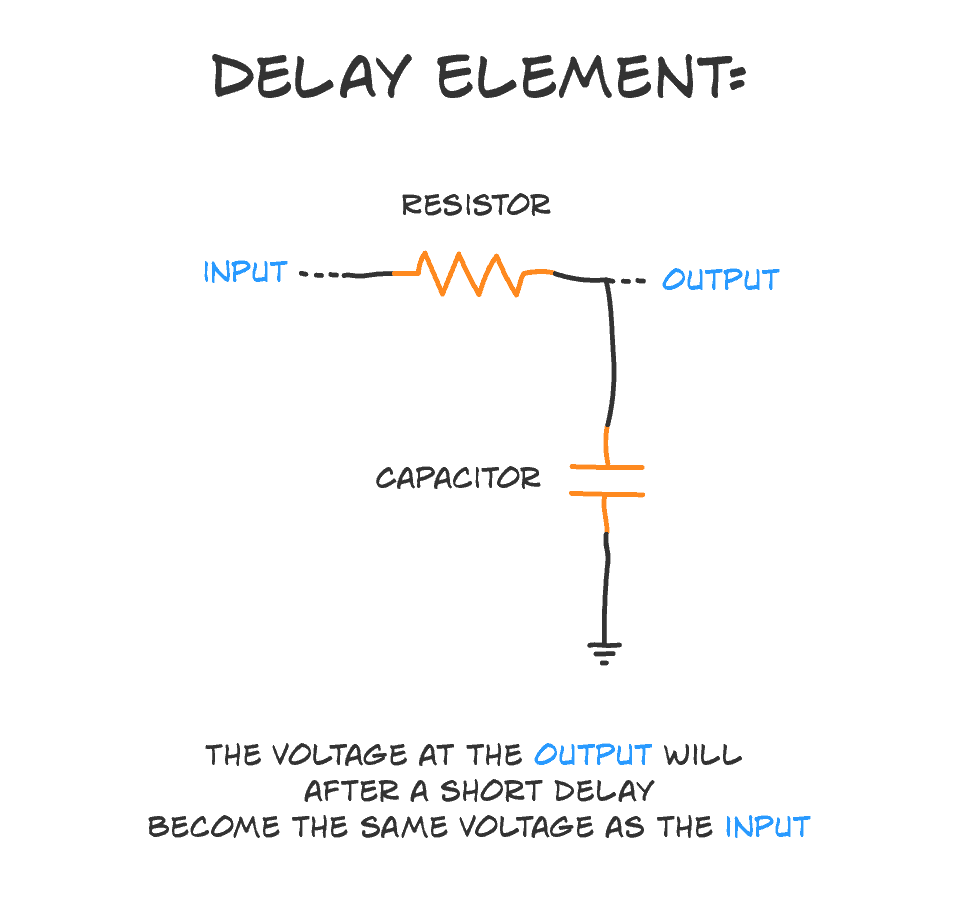Electric current is what you get when electric charge moves around a circuit. It’s pretty simple when you finally get it. But there are some common pitfalls that can give you the wrong idea when learning.
And if you don’t know what current is and how it works, it’s a huge source of confusion when learning electronics.
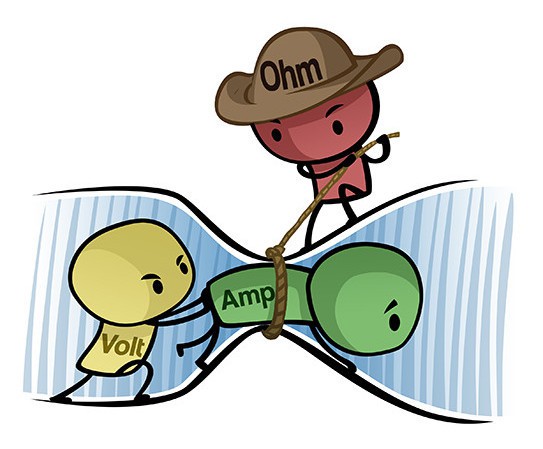
My goal is that after reading this article, you’ll understand what current is. And you’ll understand that a resistor must have the same amount of current going into it as going out from it.

